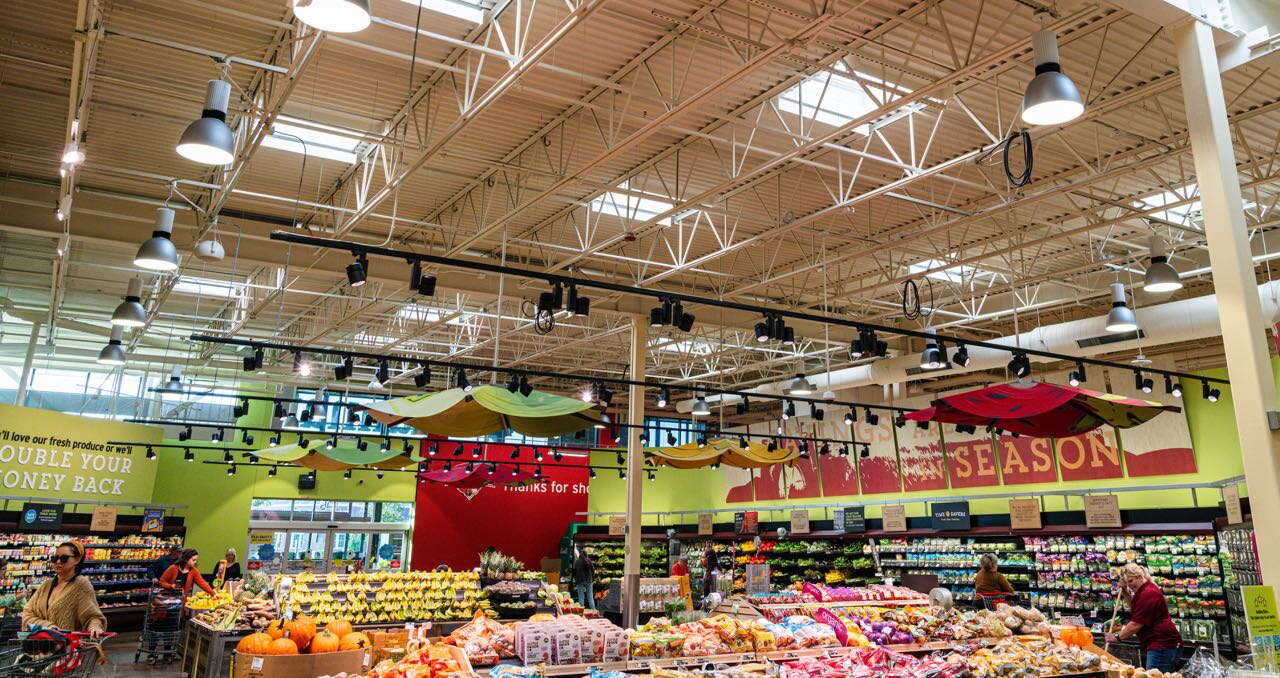
Processing Your Payment
Please do not leave this page until complete. This can take a few moments.
- News
-
Editions
-
- Lists
-
Viewpoints
-
Our Events
-
Event Info
- Women's Leadership Forum 2025
- On the Road with Mainebiz in Bethel
- Health Care Forum 2025
- On The Road with Mainebiz in Greenville
- On The Road with Mainebiz in Waterville
- Small Business Forum 2025
- Outstanding Women in Business Reception 2025
- On The Road with Mainebiz in Bath
- 60 Ideas in 60 Minutes Portland 2025
- 40 Under 40 Awards Reception 2025
- On The Road with Mainebiz in Lewiston / Auburn
- 60 Ideas in 60 Minutes Bangor 2025
Award Honorees
- 2025 Business Leaders of the Year
- 2024 Women to Watch Honorees
- 2024 Business Leaders of the Year
- 2023 NextUp: 40 Under 40 Honorees
- 2023 Women to Watch Honorees
- 2023 Business Leaders of the Year
- 2022 NextUp: 40 Under 40 Honorees
- 2022 Women to Watch Honorees
- 2022 Business Leaders of the Year
-
-
Calendar
-
Biz Marketplace
- News
-
Editions
View Digital Editions
Biweekly Issues
- April 21, 2025 Edition
- April 7, 2025
- March 24, 2025
- March 10, 2025
- Feb. 24, 2025
- Feb. 10, 2025
- + More
Special Editions
- Lists
- Viewpoints
-
Our Events
Event Info
- View all Events
- Women's Leadership Forum 2025
- On the Road with Mainebiz in Bethel
- Health Care Forum 2025
- On The Road with Mainebiz in Greenville
- On The Road with Mainebiz in Waterville
- + More
Award Honorees
- 2025 Business Leaders of the Year
- 2024 Women to Watch Honorees
- 2024 Business Leaders of the Year
- 2023 NextUp: 40 Under 40 Honorees
- 2023 Women to Watch Honorees
- 2023 Business Leaders of the Year
- + More
- 2022 NextUp: 40 Under 40 Honorees
- 2022 Women to Watch Honorees
- 2022 Business Leaders of the Year
- Nomination Forms
- Calendar
- Biz Marketplace
A Hannaford store in Augusta seeks green ‘Living Building Challenge’ certification
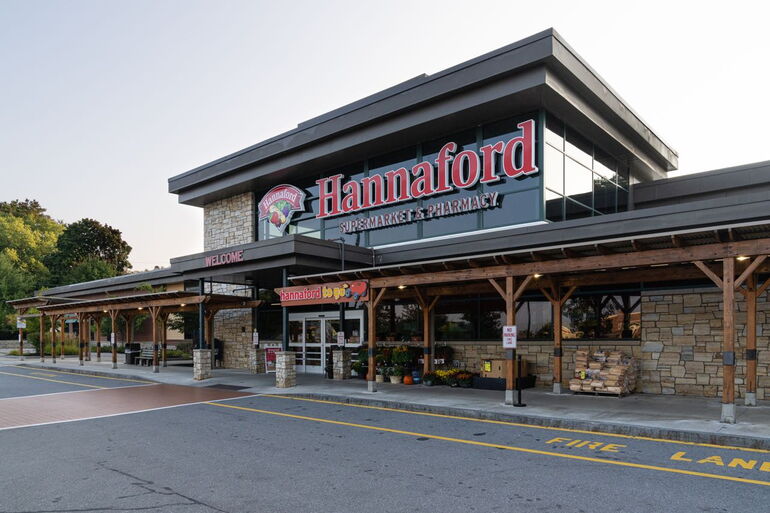 Courtesy / Hannaford Supermarket
The Cony Street Hannaford store in Augusta incorporates locally-sourced, sustainable materials such as wood and stone.
Courtesy / Hannaford Supermarket
The Cony Street Hannaford store in Augusta incorporates locally-sourced, sustainable materials such as wood and stone.
The Hannaford Supermarket at 118 Cony St. in Augusta opened in 2009 as the first supermarket in North America to achieve Platinum LEED for Retail certification.
If successful at the conclusion of a year-long evaluation period, the supermarket will be the first in the U.S. to achieve a green certification called Living Building Challenge Core for Interiors.
Hannaford, headquartered in Scarborough and employing nearly 30,000 people, operates 187 stores in Maine, New York, Massachusetts, New Hampshire and Vermont.
The Cony Street store, one of two Hannaford locations in Augusta, was recently remodeled. The Living Building Challenge Core certification is an advanced regimen of sustainability standards developed by the International Living Future Institute, which is headquartered in Portland, Ore.
The performance-based certification looks at how the building and its operations support ecology, community and energy-efficiency to advance a sustainable future, according to a news release.

“This new standard elevates considerations like the store’s fit with nature; its commitment to community, inclusiveness, equity and good jobs; and it also keeps the bar high for carbon reduction, responsible water use and responsible materials,” said George Parmenter, sustainability lead for Hannaford.
2009 standards
In 2009, the supermarket achieved Platinum status in the LEED for Retail rating system based on standards of the U.S. Green Building Council that defined eco-friendly, energy-saving features, systems and materials.
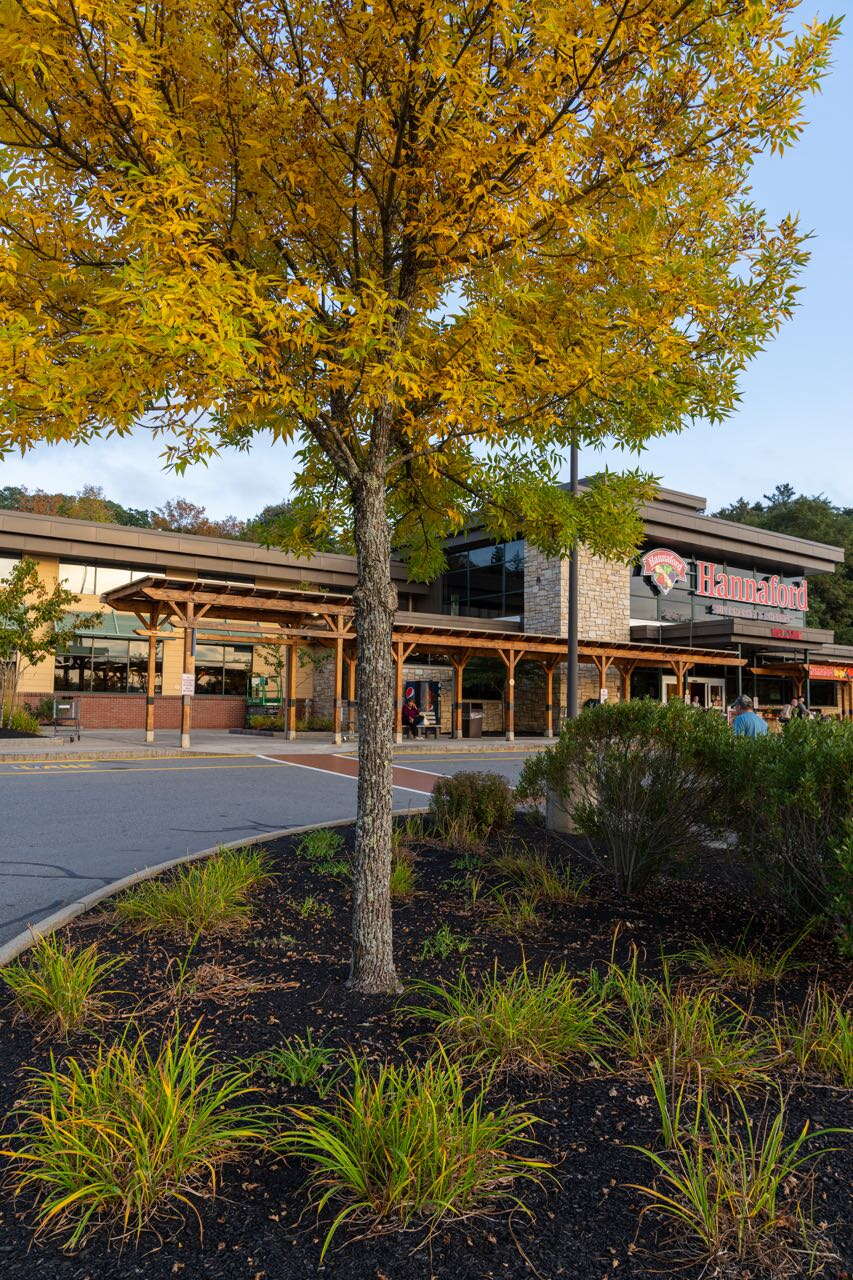
Since then, the store has served as a sustainability incubator for Hannaford — creating a space where new features and operations can be evaluated before being implemented at other stores. For example, LED lights were a new energy-saving tool when the store opened. Now, Hannaford stores are saving 500,000 kilowatt hours with LEDs each year, enough to power 46 homes for a year.
New benchmarks
In considering new benchmarks for the Cony Street store, Hannaford partnered with the Portland office of Thornton Tomasetti, an engineering consulting firm with a sustainability practice that brought forward the idea of going for the Living Building Challenge Core certification.
“The Core rating system is one of the most robust sustainability frameworks available,” said Heather Walters, vice president in Thornton Tomasetti’s Sustainability Practice. “With a requirement to meet each of 10 imperatives, the system goes beyond energy and water efficiency.”
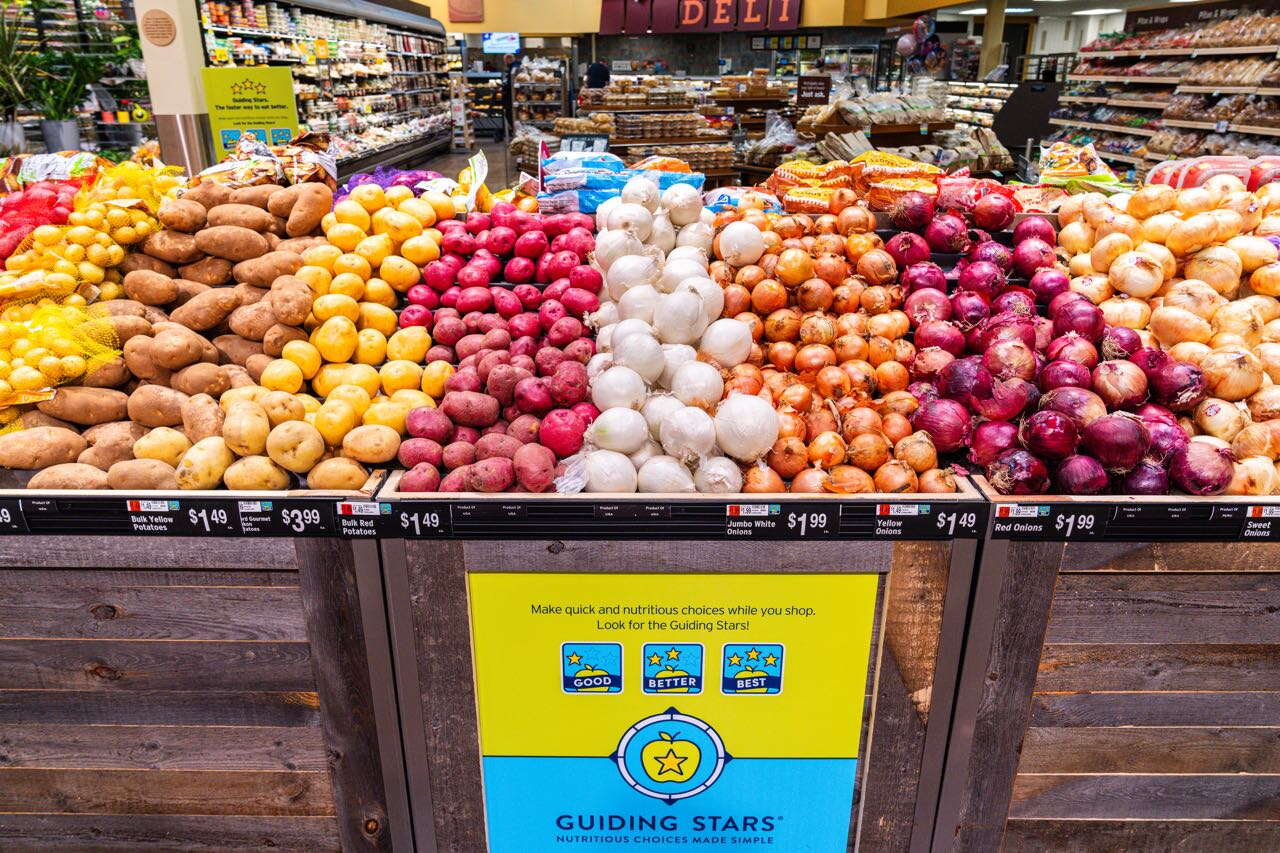
To obtain the new certification, a project must meet 10 imperatives that represent best practices for sustainable buildings. The measures include standards on responsible water use through the installation of low-flow fixtures; iceless seafood displays; and native, low-water plantings in the landscaping and on the store’s green roof.
The store also uses 70% less energy than a baseline building, making it the most energy-efficient store per square foot under the Hannaford banner.
The store’s remodel made the use of locally-sourced, sustainable materials a priority — with 20% of materials sourced within a 311-mile radius and 50% of wood incorporated into the design salvaged or certified by the Forest Stewardship Council.
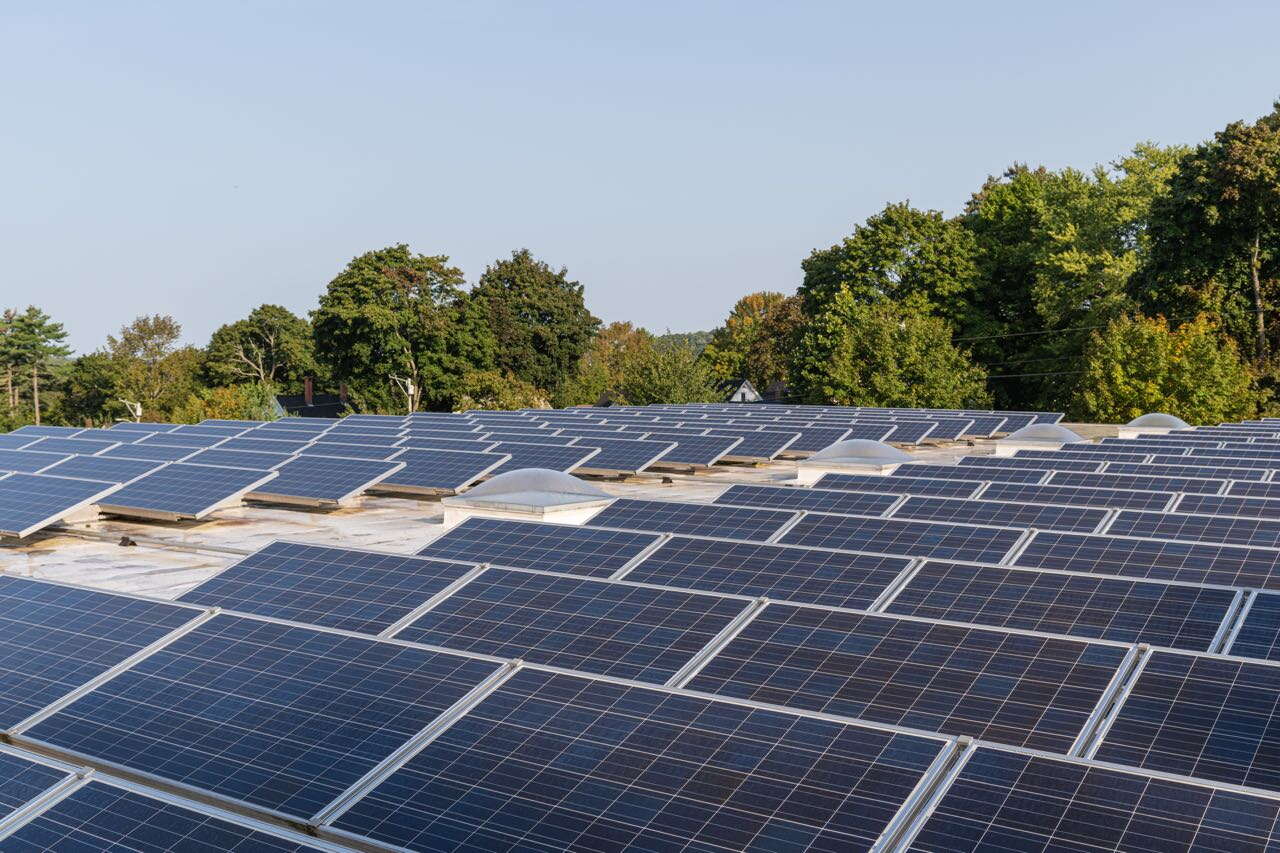
Additional salvaged materials from the existing building, such as refurbished refrigerators and concrete floors, were reused when possible; and 80% of renovation waste was diverted from landfills and recycled.
The store incorporates features that encourage community members to take more sustainable, eco-friendly actions. For example, the layout includes bike storage, e-bike chargers and access to public transportation.
The certification is largely measured by daily operations evaluated over a one-year period. So Hannaford will learn in fall 2024 whether the hits the mark.
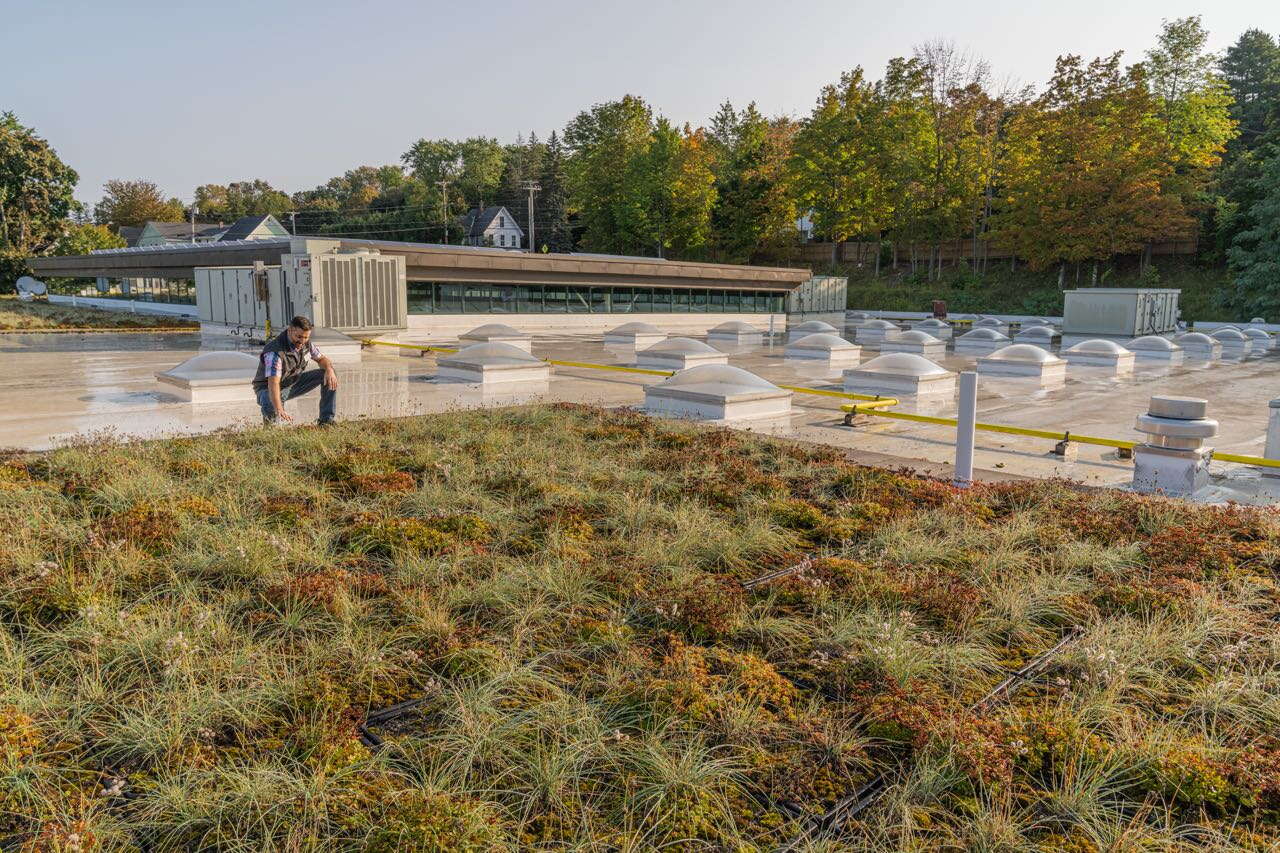














0 Comments